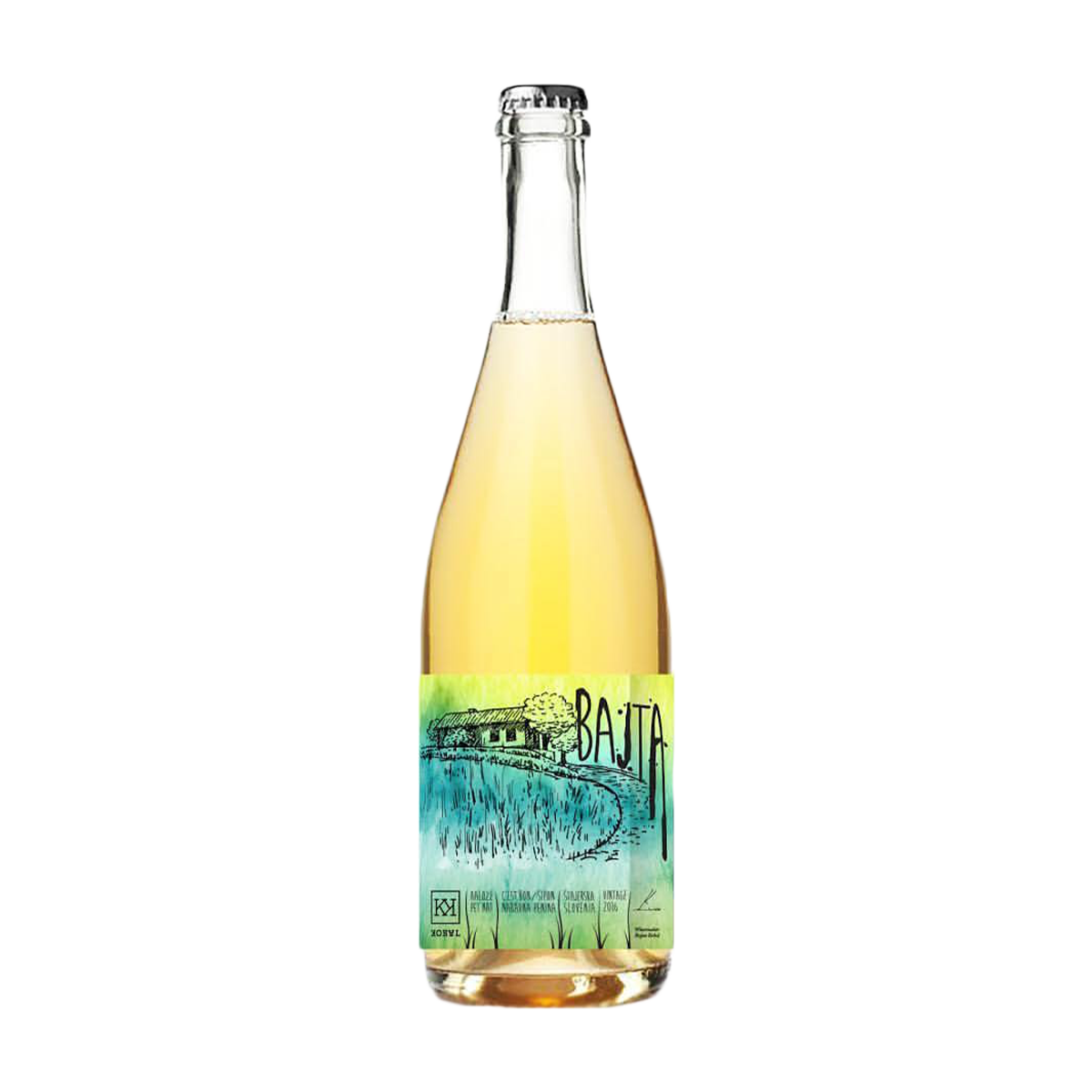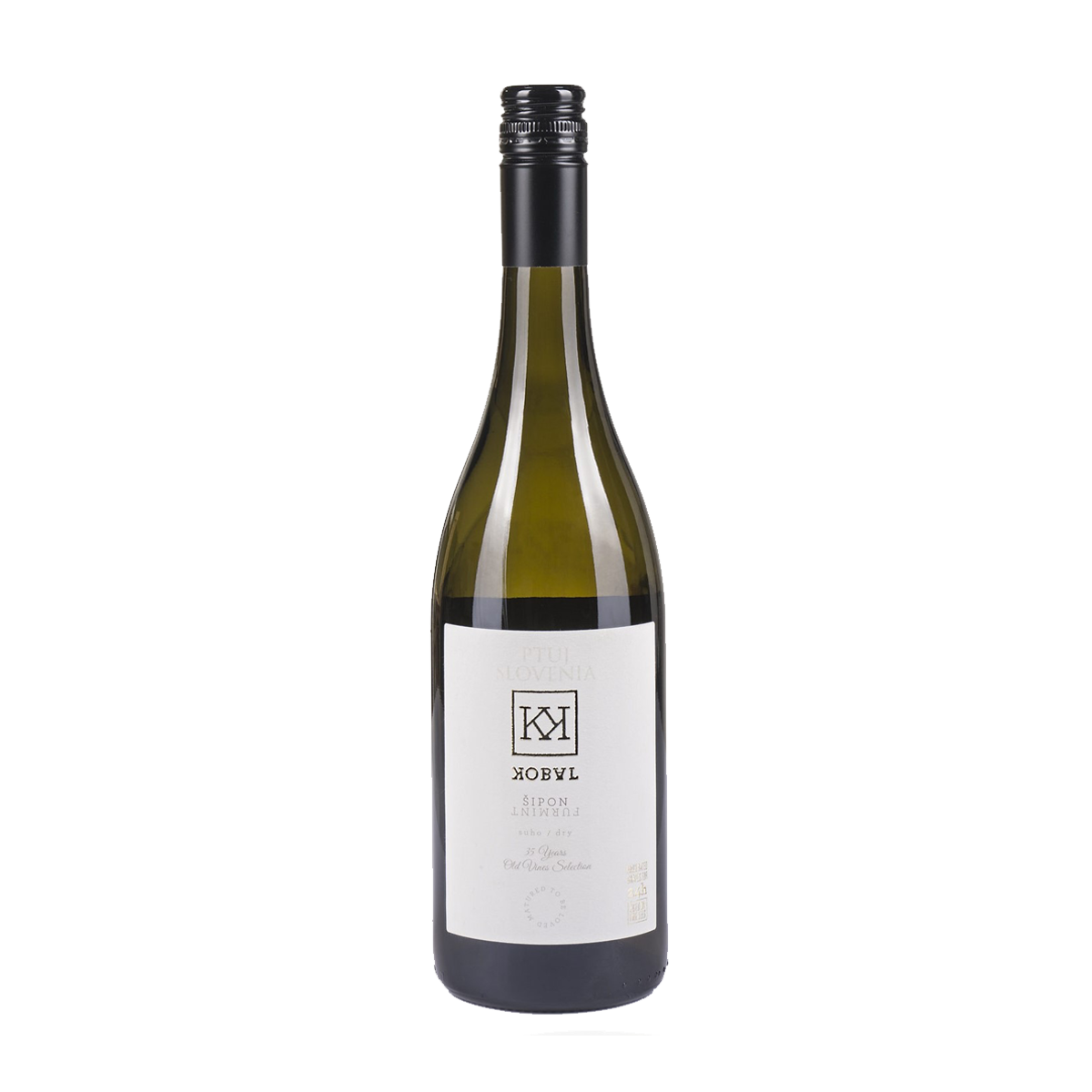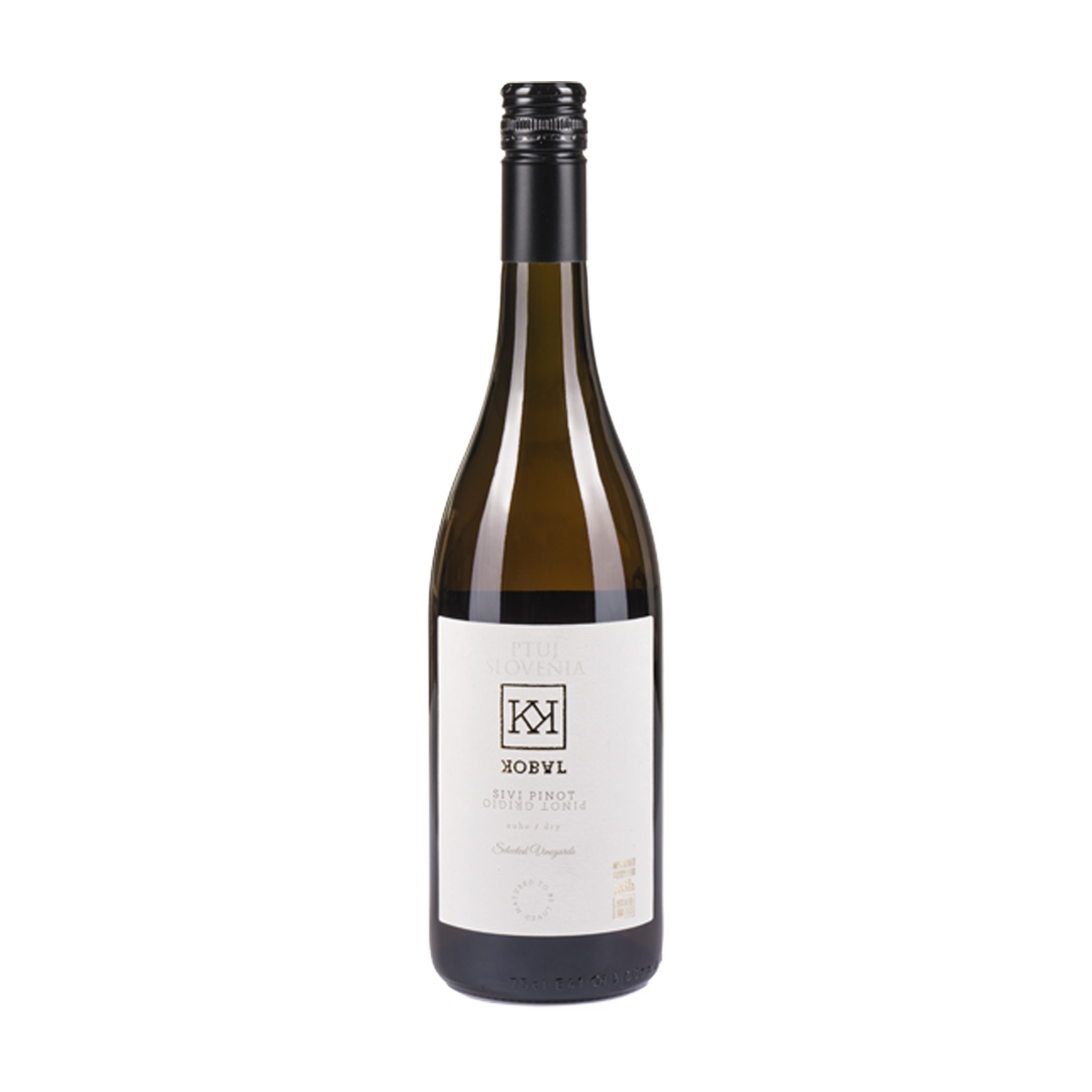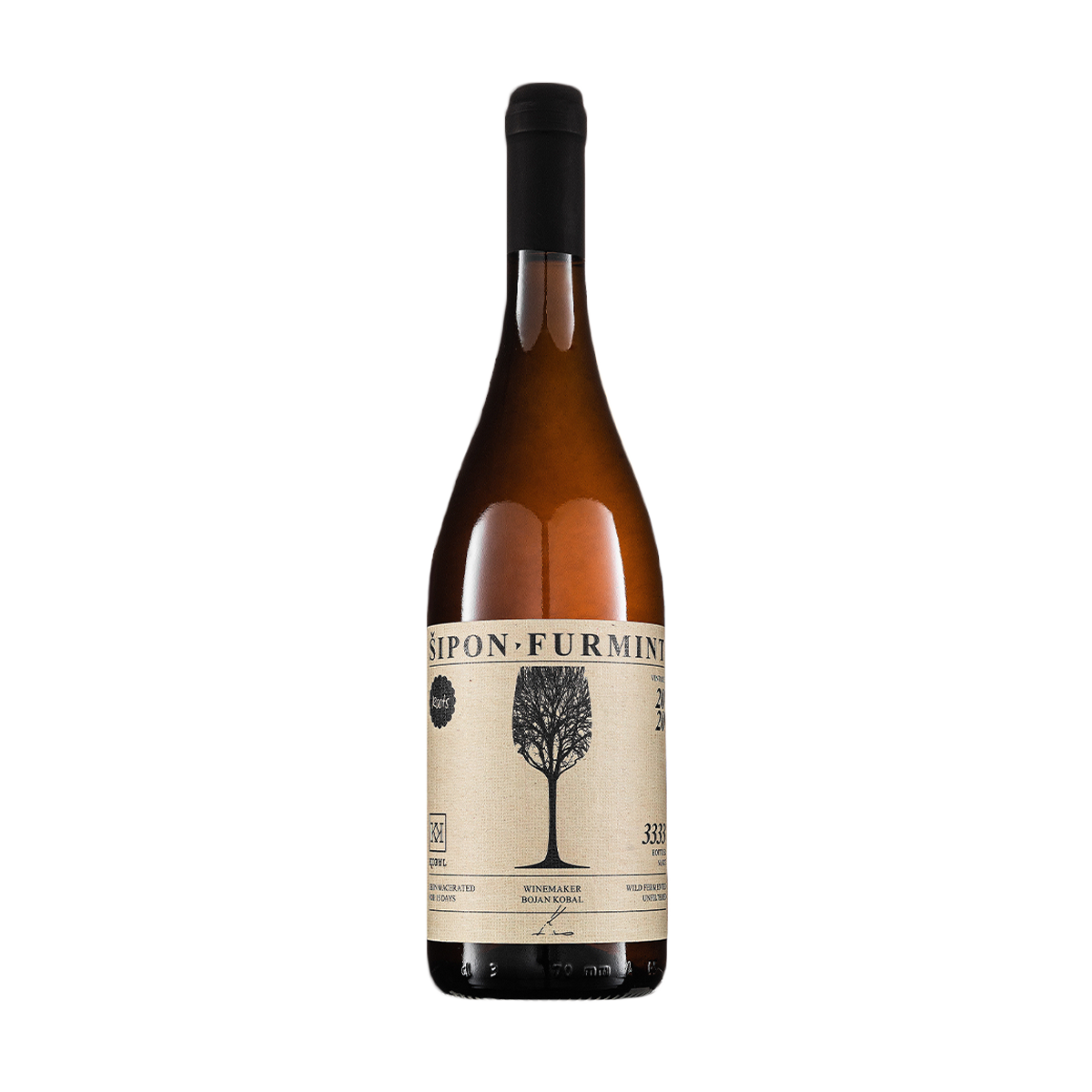Kobal
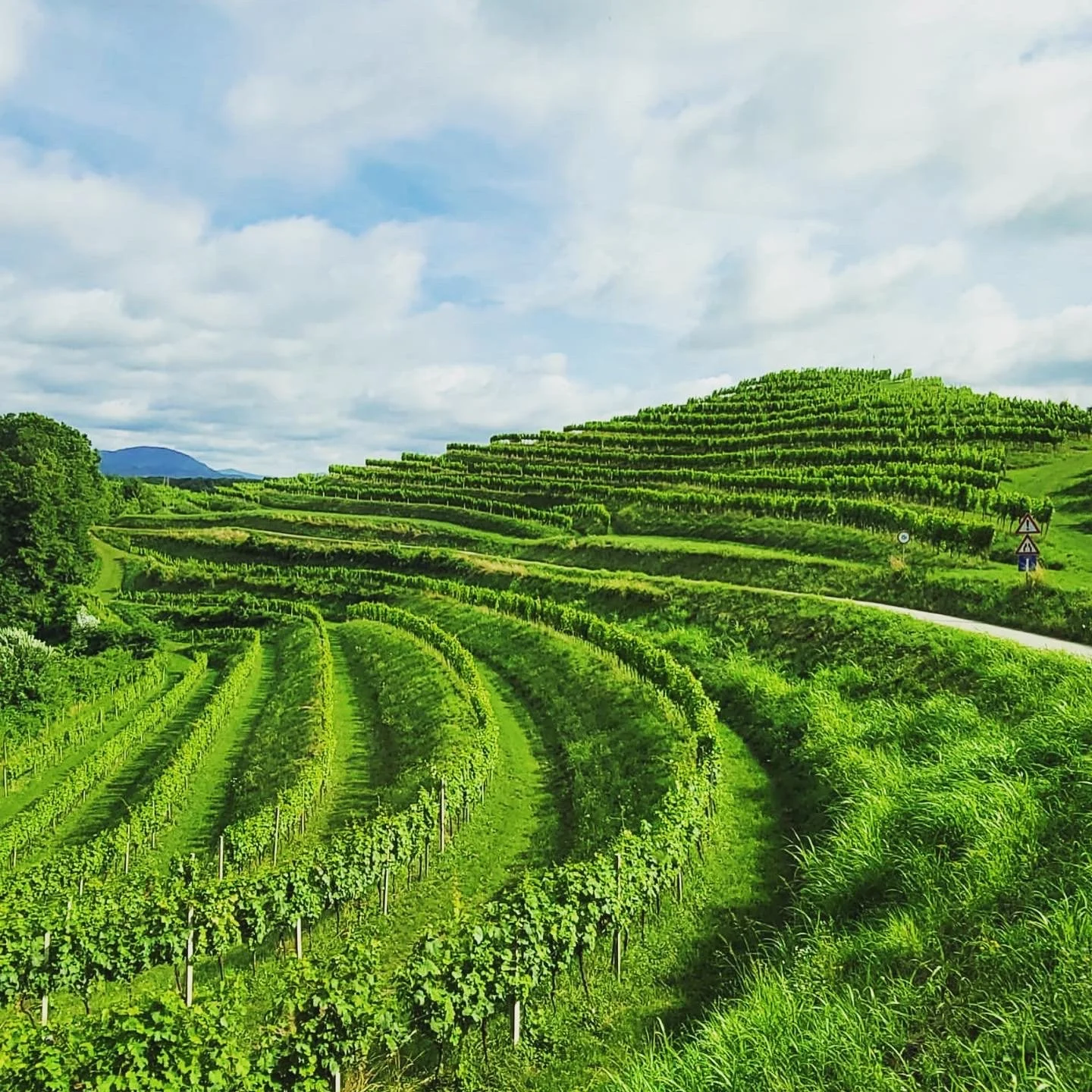


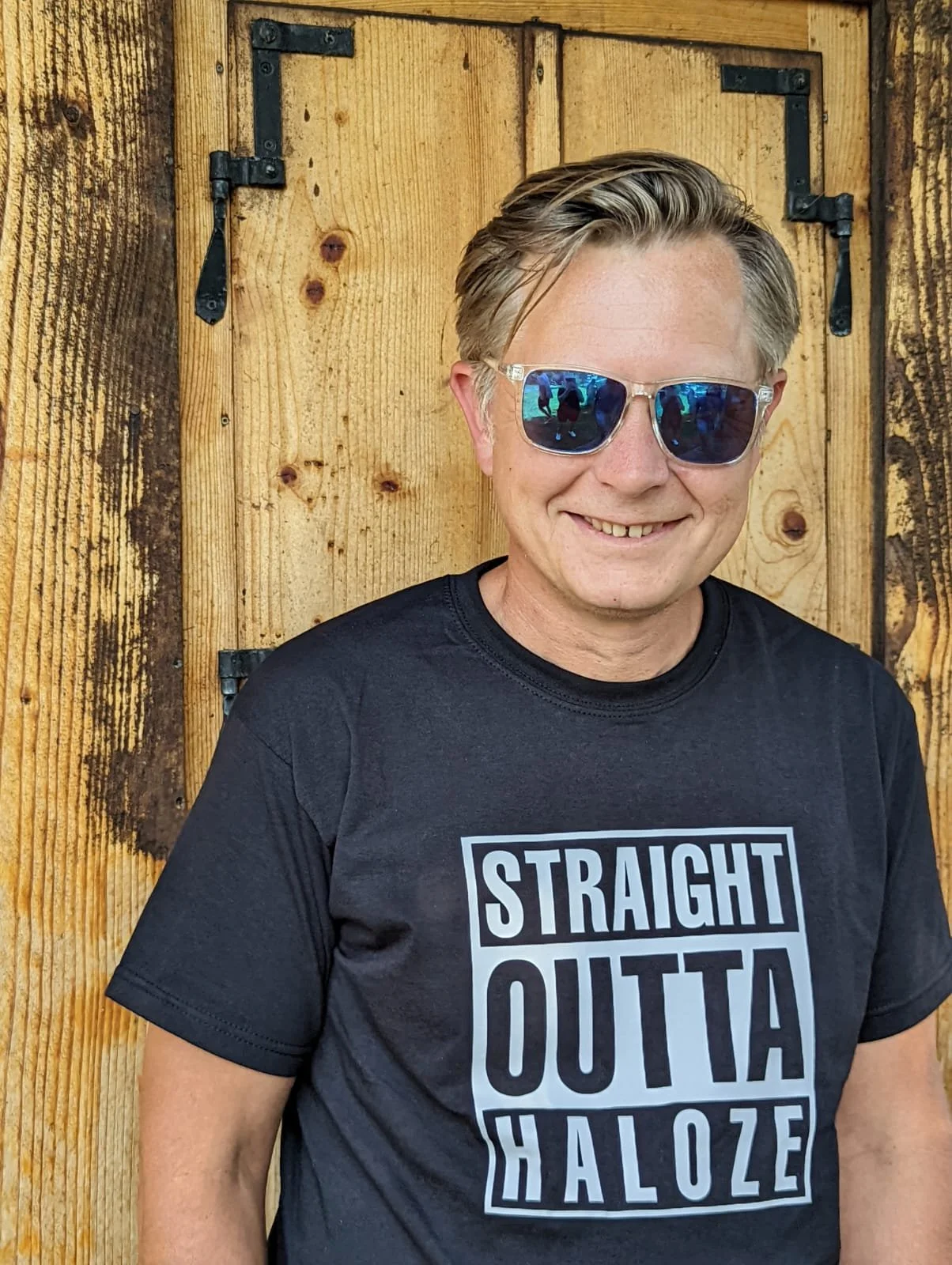
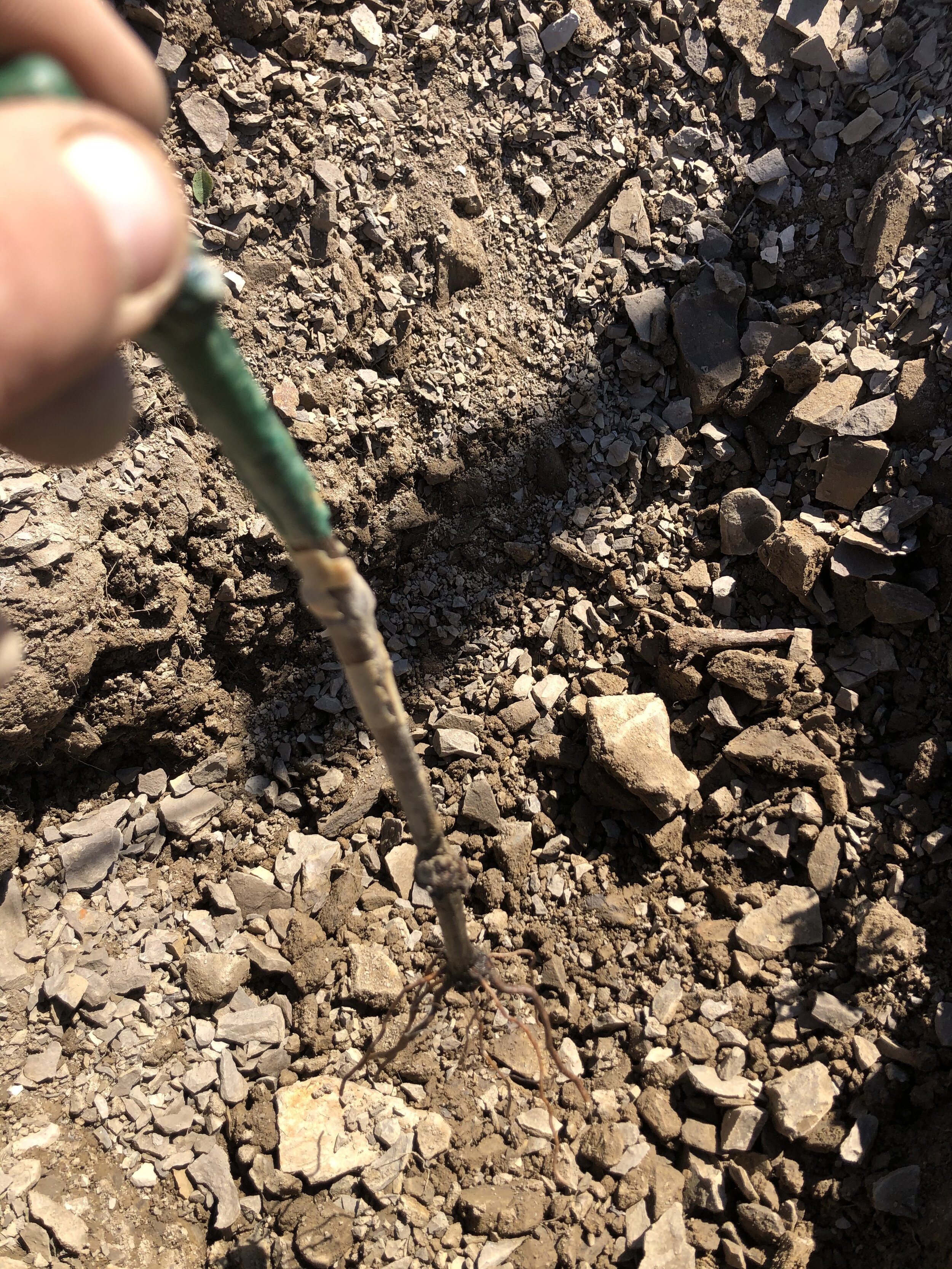

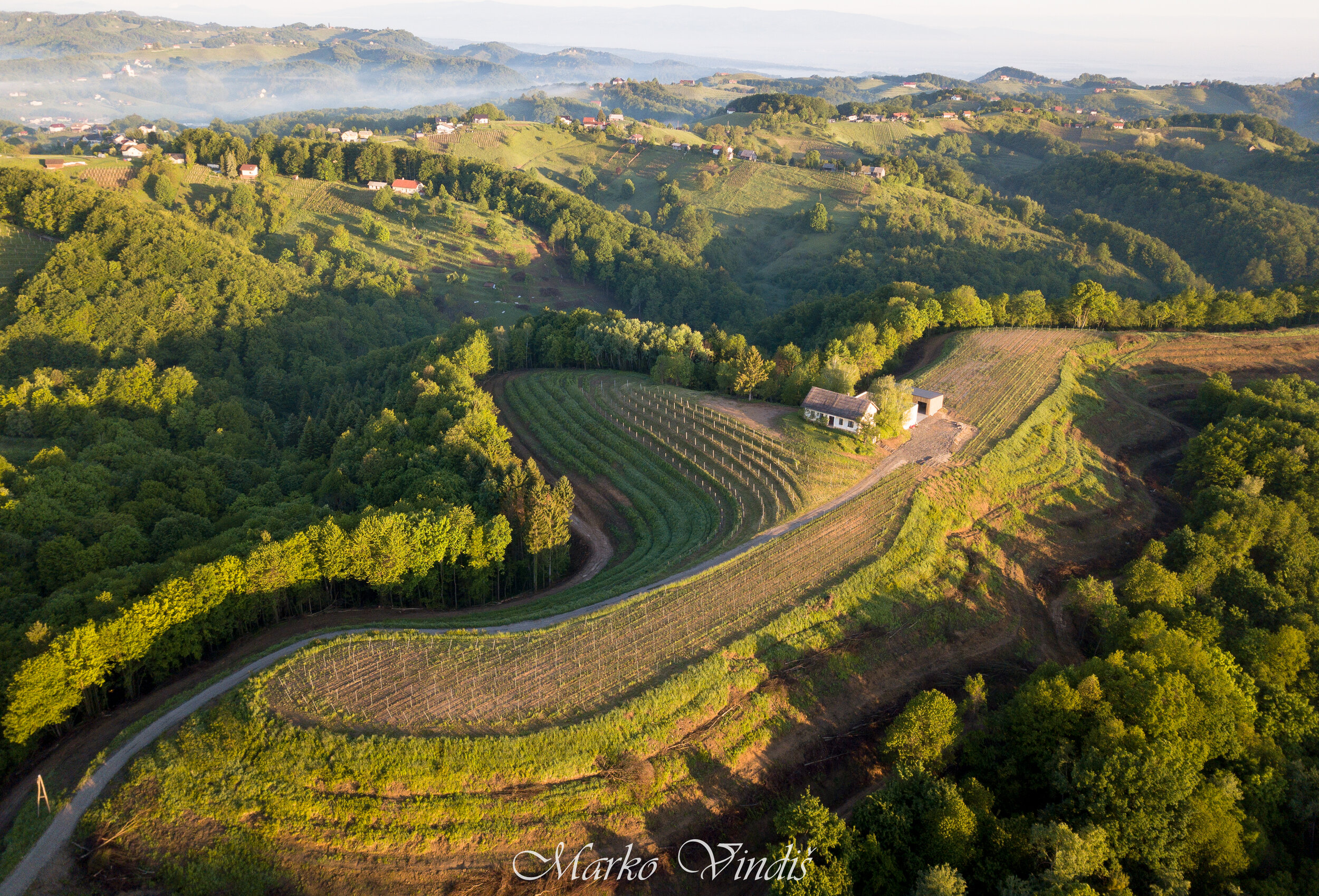

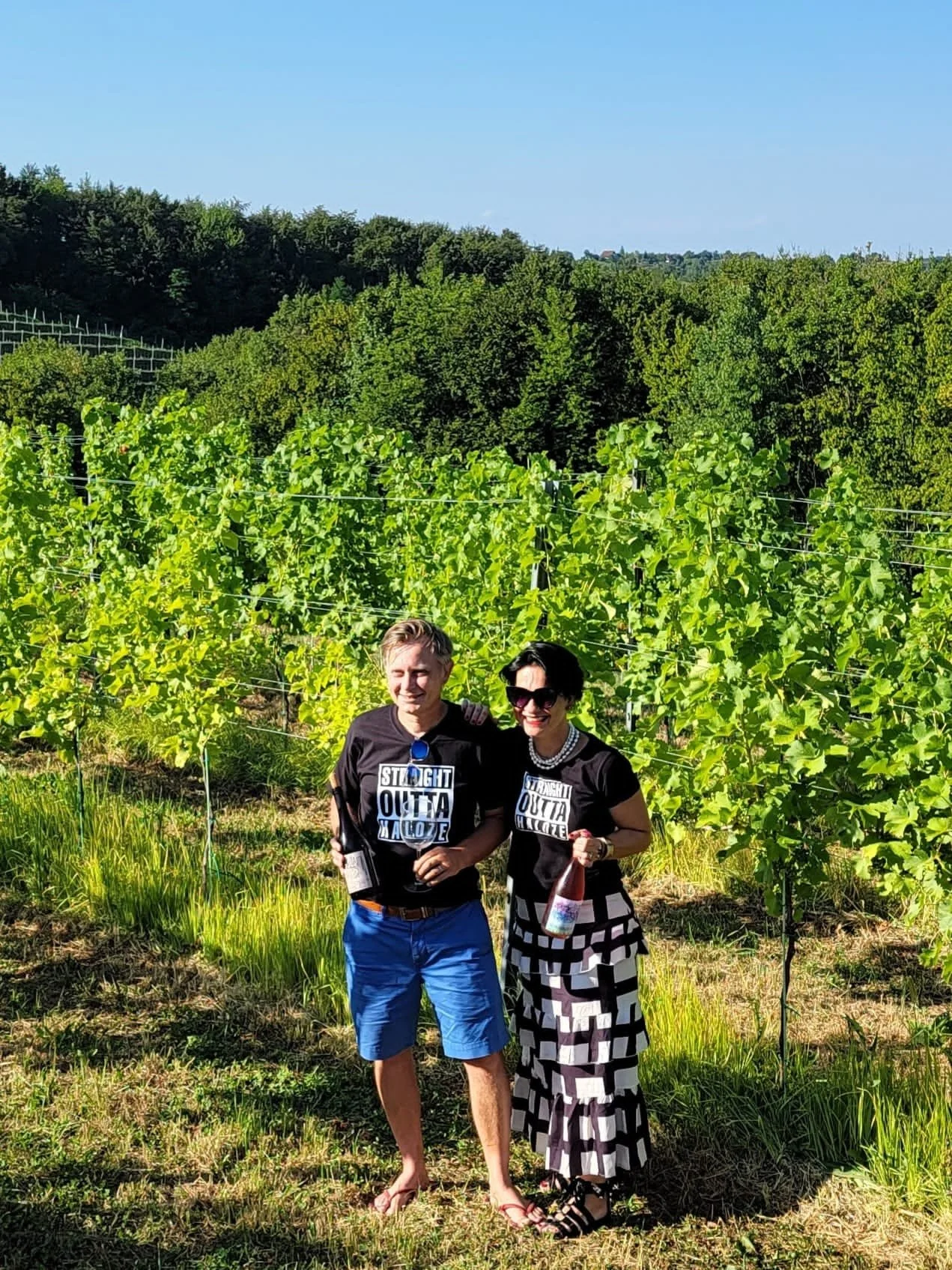

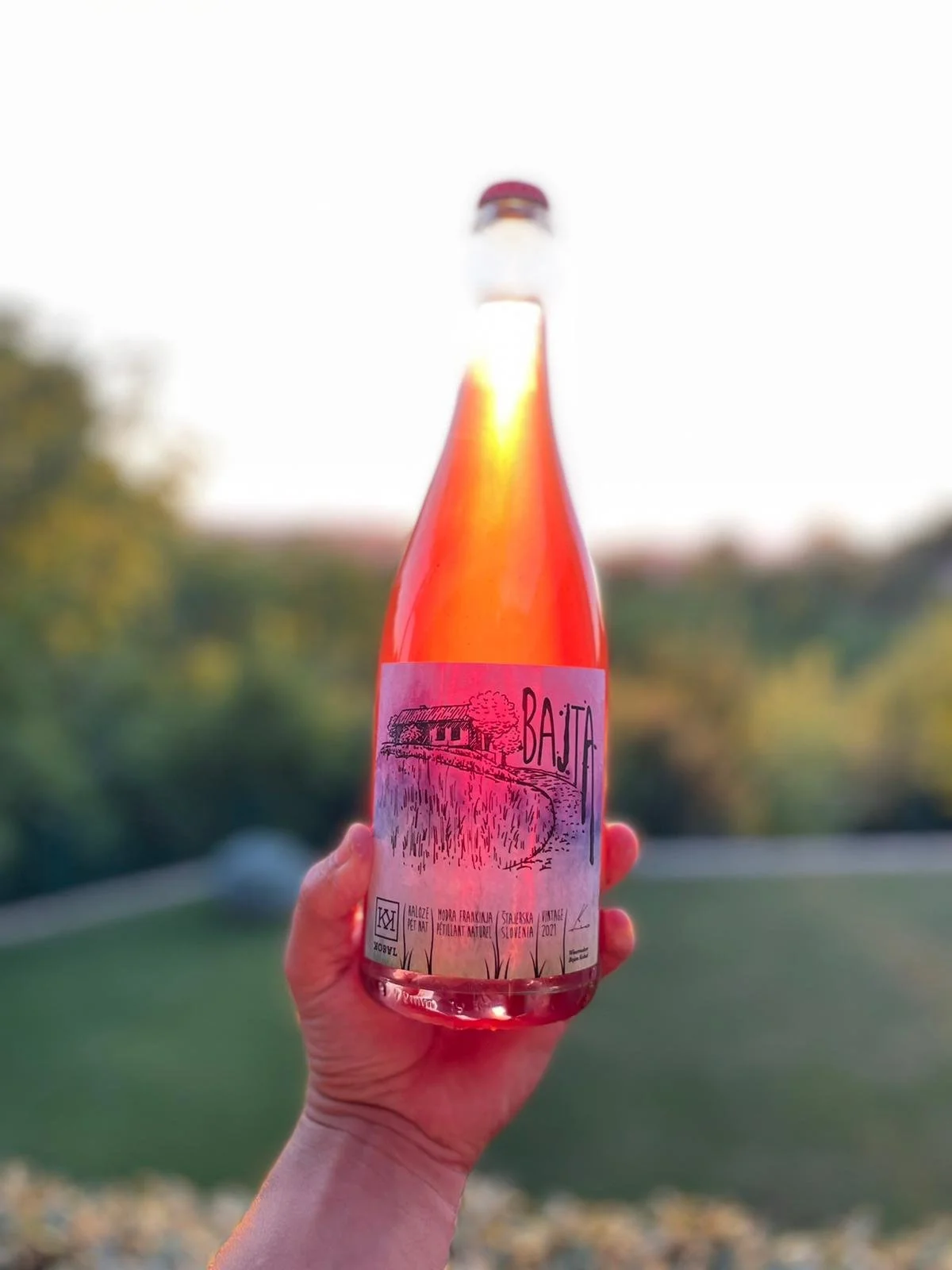

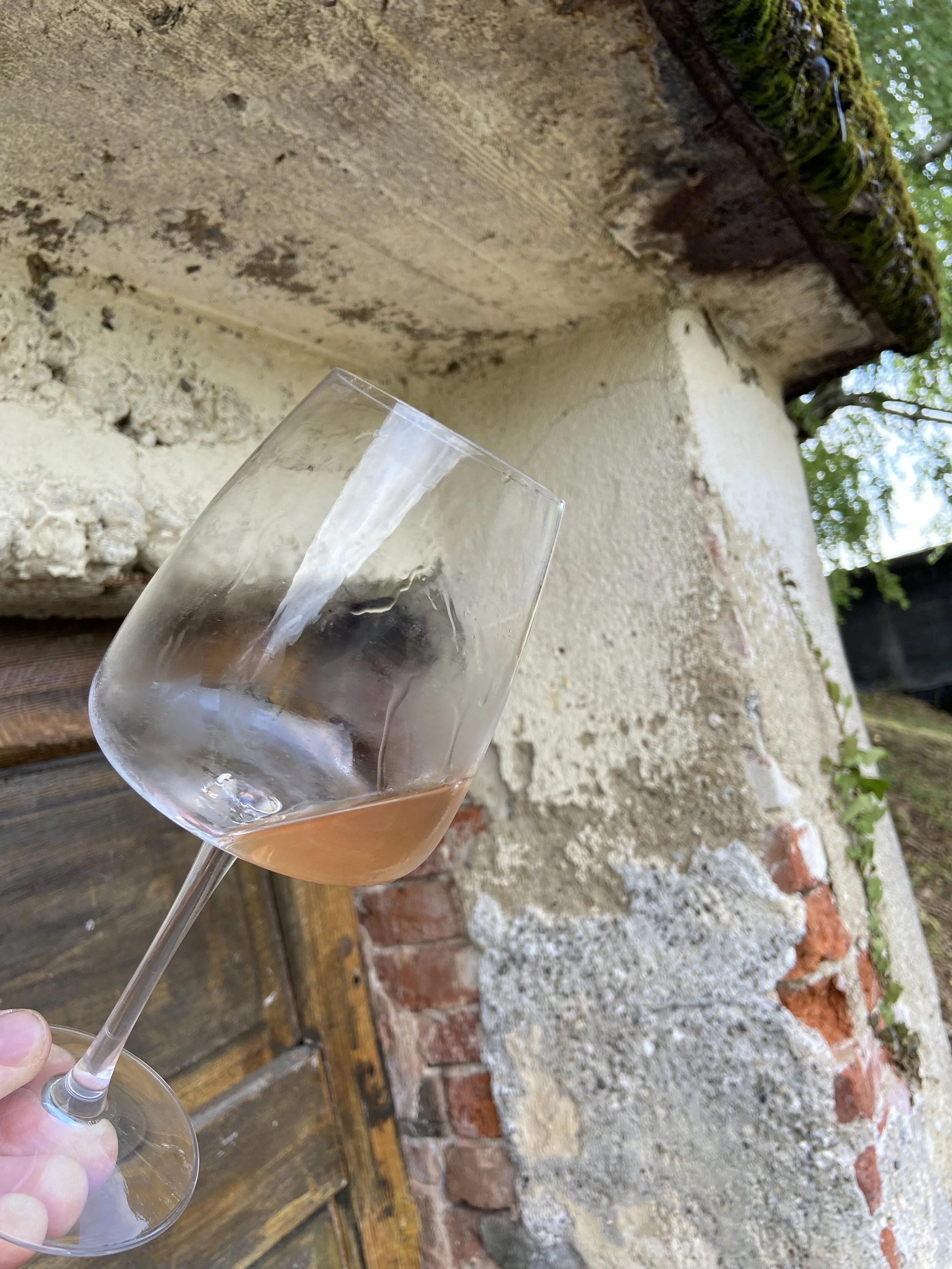
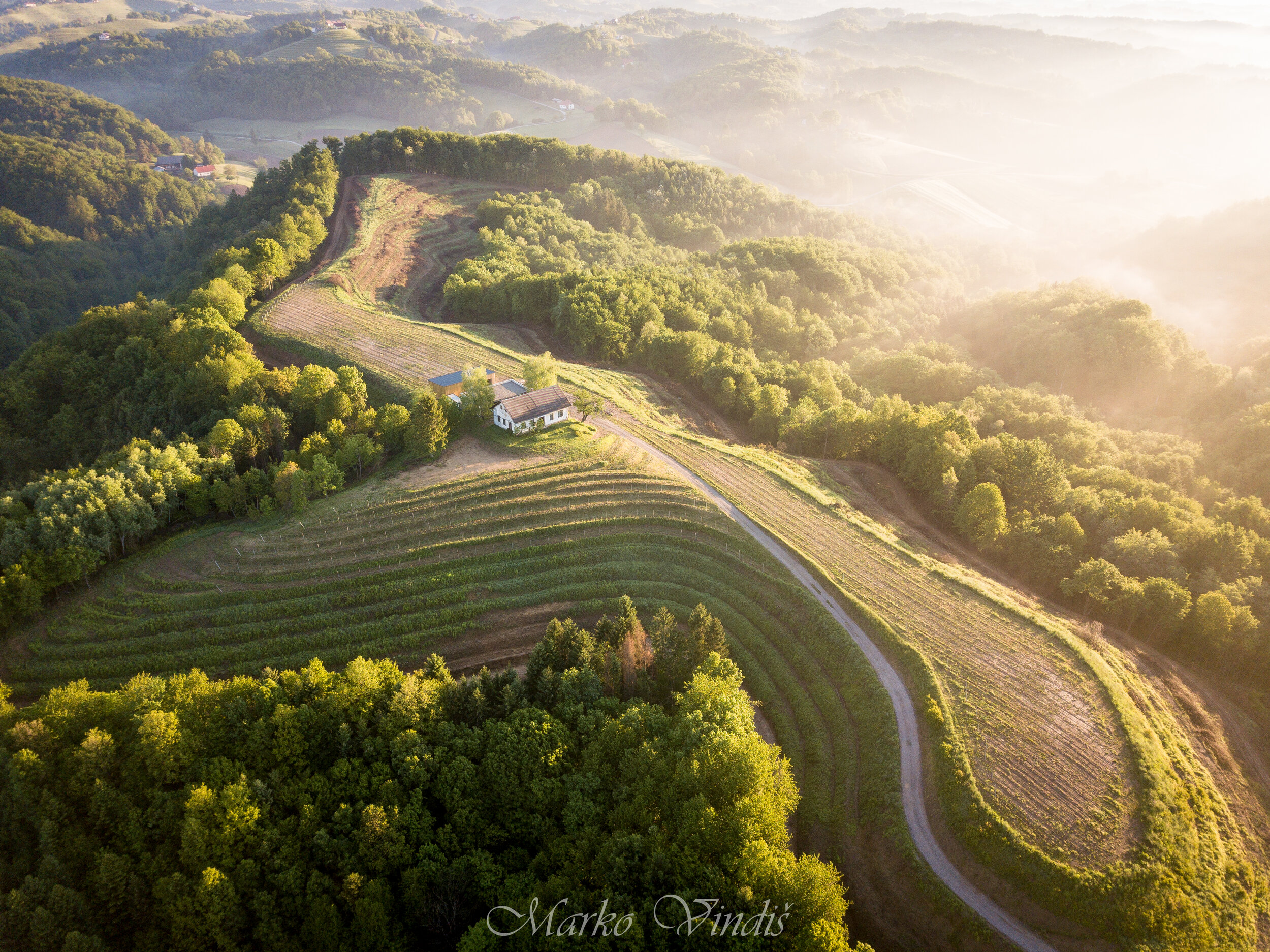
Haloze: The Land of a Thousand Hills
Nestled in the dramatic hills of Slovenia’s Štajerska (Lower Styria) region, Kobal Wines hails from the Haloze sub-region—one of Central Europe’s most distinguished wine-growing sites. This region, often referred to as the "land of a thousand hills," has been a center of viticulture for nearly 2000 years. The Romans first planted vines here, and over the centuries, it was home to many renowned winemakers, especially during the Austro-Hungarian Empire.
Haloze is characterized by its extremely steep, terraced vineyards that climb the hillsides with slopes as steep as 45 degrees. The cool evening winds that sweep through the valleys, combined with the rich marl (limestone) soil, create a distinctive terroir perfect for growing grapes that capture an ideal balance of both freshness and aromatics from the cool climate influence, as well as depth and concentration due to the high-elevation exposure and rich marl soils.
Kobal’s main focus is to continues this tradition and capture the pure expression of Haloze.
Bojan Kobal
Bojan Kobal, the founder and winemaker of Kobal Wines, growing up on his family's farm in Posavje during Yugoslavia, remembers fondly watching his father craft small batches of Blaufrankisch. Given that only simple household wine production was legal, once Slovenia became an independent state, Bojan’s passion for wine was finally allowed to kick in and pursue formal studies in winemaking and oenology, eventually becoming the head winemaker at Ptujska Klet, Slovenia’s oldest winery, and drawing international acclaim early on in Slovenia’s young statehood.
During his tenure at Ptujska Klet, Bojan was instrumental in bringing attention to the electric and lively wines of the Štajerska region, pioneering the use of subtle skin contact techniques and creating the celebrated Ramato Sivi Pinot—a fresh, pink-hued wine with vibrant aromatics. After years of success and many prestigious awards, Bojan made the bold decision to establish their own winery in the heart of Haloze, where he could craft wines that truly express the region’s unique character. Soon after he met and married his wife, Špela, and the magic pair was created that now run the beautiful Kobal estate in Haloze. In 2019, they purchased an abandoned estate in Haloze, home of an old run-down cottage on top of the hill (also known as a bajta - pronounced: bye-tah), once owned by a Count Ulm during the Habsburg Monarchy.
Winegrowing in Haloze
The Kobal family’s small estate lies in the heart of Haloze, with 14 hectares of their property under vine, many planted on steep slopes and southern facing, and some as high as 400 meters above sea level. Here, the vines benefit from the cool, continental climate that is characteristic of the region and the signature soil being predominantly marl (limestone), rich in minerals, which imparts a distinctive minerality to the wines.
Bojan and Špela farm the land organically, along with working closely with local, generational growers who share their commitment to sustainability and respect for tradition. The estate’s vineyards, many of which are over 35 years old, are carefully tended to in a way that ensures the vines’ deep roots reach into the mineral-rich soils below. Bojan emphasizes that with the extreme conditions of Haloze, the vines are pushed to endure and dig deep for nutrients which enables the vines to produces grapes with a depth and complexity that reflect the unique terroir of Haloze.
The steep slopes of Haloze are not only visually stunning but are also challenging to farm. Many of the vineyards require terracing to make the most of the land’s potential. This rugged landscape, along with the cool winds that sweep through the valleys, results in wines that are vibrant, fresh, and full of energy, yet balanced and harmonious.
Naturally Precise Winemaking
At Kobal Winery, the philosophy is simple: minimal intervention, respect for nature, and a focus on balance, authentic varietal expression, and drinkability —- creating wines that are pure, vibrant, and reflective of their terroir.
The winemaking process begins with careful grape selection and all wines see a maceration during fermentation: Whether it be cold maceration for the classic line, often limited to 24-72 hours, to maintain the fresh aromatic and mineral elements from the skins, or a warm maceration in small open-top fermenters or directly in barrels to express extended skin contact, spending anywhere from 14 – 48 days on the skins. All wines are then aged on fine lees in inox tanks or oak barrels, until minimal sulfur is added, only at bottling.
Bojan loves to explore in winemaking and his winery produces a wide range of wines and styles, but with a strong emphasis on the indigenous grapes of the region, such as Sauvignon Blanc, Pinot Grigio, Furmint, Yellow Muscat, Traminer, and Welschriesling, thus leaning heavily to the white side with distinct and precise beauty. With each bottle, Bojan strives to capture the dramatic nature of Haloze—its purity, minerality, and intensity—delivering wines that are both sophisticated and nuanced, yet fresh, beautiful and approachable that nearly everyone can recogonize as great wines from a truly great wine region.
Wines
Location

